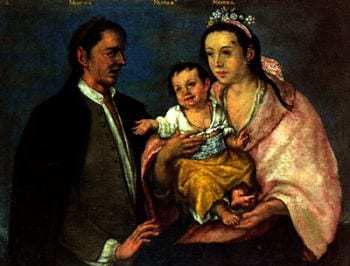
People sometimes think of ancestry as the “fun” part of the 23andMe Personal Genome Serviceâ„¢, an intriguing glimpse at the past that is completely unrelated to our more serious Health and Traits features.
But a new paper shows how ancestry can actually reveal quite a bit about the genetics of disease. In the December issue of Cancer Research, Laura Fejerman of the University of California San Francisco and several colleagues show that among Latinas, a woman’s breast cancer risk increases with her proportion of European ancestry.
Most Latinos are descended from mix of Native American ancestors and European immigrants. In countries such as Brazil, where slavery was practiced until the late 19th century, many people have substantial African ancestry as well.
Fejerman and her colleagues used 106 ancestry informative markers (AIMs) to estimate the relative European and Native American ancestry of 440 Latina women from the San Francisco Bay area with breast cancer and 597 control subjects without the disease. With every 25 percent increase in European ancestry, the researchers found, a woman’s chances of having breast cancer rose 79 percent.
The finding is no surprise – Latinas have lower breast cancer rates compared to European women, as do Native Americans. But the study does demonstrate that ancestry and population history can be valuable tools for understanding the genetics of disease.
And researchers still have a lot more to learn about population differences in rates of breast cancer. Though environmental factors are known to play a role, the new study strongly suggests that genetics is worth investigating as well.
There’s also an intriguing puzzle in breast cancer mortality differences among different populations. Though Latinas, Native Americans and African Americans are less likely to develop the disease, when they do their chances of dying from it are greater. Researchers would like to know whether those differences are due to genetics, differences in access to health care, or other factors.
Image: Peruvian “casta” painting, late 18th c.